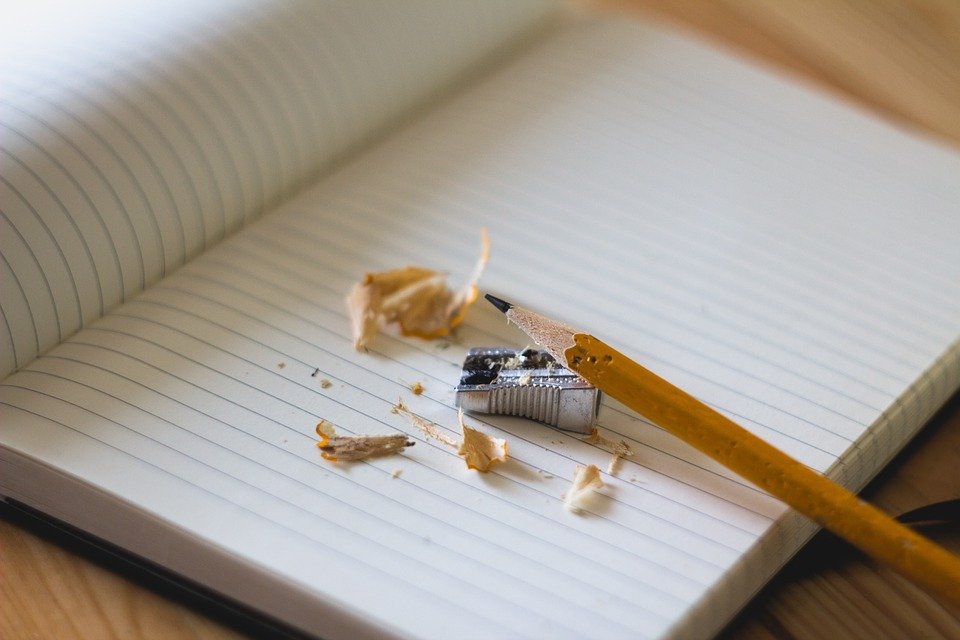Welcome steemit educators on another post about activities in Primary School. This new project can be applied almost in every class and I consider it to be a brilliant and fun idea that students will enjoy!
OBJECTIVES
The activity is about developing language skills (vocabulary and writing skills mostly), artistic skills but most of all imagination! We want to help children distinguish the differences between nouns and adjectives. In addition to that, we want to promote their writing skills by having them create a joined short story. Finally, we don't want to miss out on the fun part by allowing their imagination and creativity play a significant role through most steps of our project, as some painting would leave room for the children's creativity to thrive.
STEP 1
We define clearly the terms noun and adjective and give examples.
NOUN: a word that refers to a person (teacher), animal (cat), place (park), thing (pencil), event (party), substance (water), feeling (happiness) or quality (courage).
ADJECTIVE: a word attributing a certain characteristic (big) or virtue (good) to a noun.
*Note that, according to what class you're doing this activity with, you should adjust the complexity of the definitions. For younger students it's OK to simply explain that a noun is a person, an animal or a thing (answers the question of who or what), whereas an adjective gives a quality/characteristic to another word (answers the question of what kind).
And then, some examples of possible combinations: big house, tall tree, red car, etc.
Then give some nouns and ask for matching adjectives. For example: book - old book, interesting book, new book, funny book, etc
Then do the same by giving adjectives. For example: clever - clever student, clever boy, clever scientist, etc.
STEP 2
For this step we will need:
- 2 medium-sized boxes
- 50 small cards (10x20 cm would be fine)
- a marker
You take the cards and write one noun or adjective on each one (25 cards for each category). Then place the noun cards in the first box and the adjective cards in the second.
Now we're ready to play a fun game! Each student gets to pick one card from each box. Then, they must put the word pair in a sentence and build a chain-story. Each student's sentence will be the continuation of the previous sentence. Just make sure the students write their sentences down so they won't forget it. We will need to do some proof-reading before completing our story, use the right linking words and make any other corrections. The final outcome will be either hilarious or simply brilliant.
STEP 3
When every student has come up with something, it's time to put art in the game. We let the children illustrate the story they built one after the other. The students will make a drawing related to the story and put their sentences on it. Finally, we put all the drawings together to make our very own class' story book! Don't forget to ask the class to come up with a title!

This was another fun and educational activity that some of you might find useful. Thank you for reading my post. Perhaps you'd like to go through my blog and discover plenty of lesson plans along with my bizarre natural phenomena series.
For those of us engaging with education, @steemiteducation is here to join all steemian educators in their common cause of making our job easier, more effective and more fun!
Interested in science? Please, don't forget to check the @steemstem project, a community-driven project meant to promote well-written, high-quality, STEM-related content (STEM as for Science, Technology, Engineering and Mathematics). Join them in steemit.chat for more information.
Finally, the greek community of steemit is here and waiting for you to discover it! Follow the @greek-trail for daily doses of good-quality posts by wonderful writers!
Thank you for your time and as I like to say,
Steem on and keep smiling, people! :)




